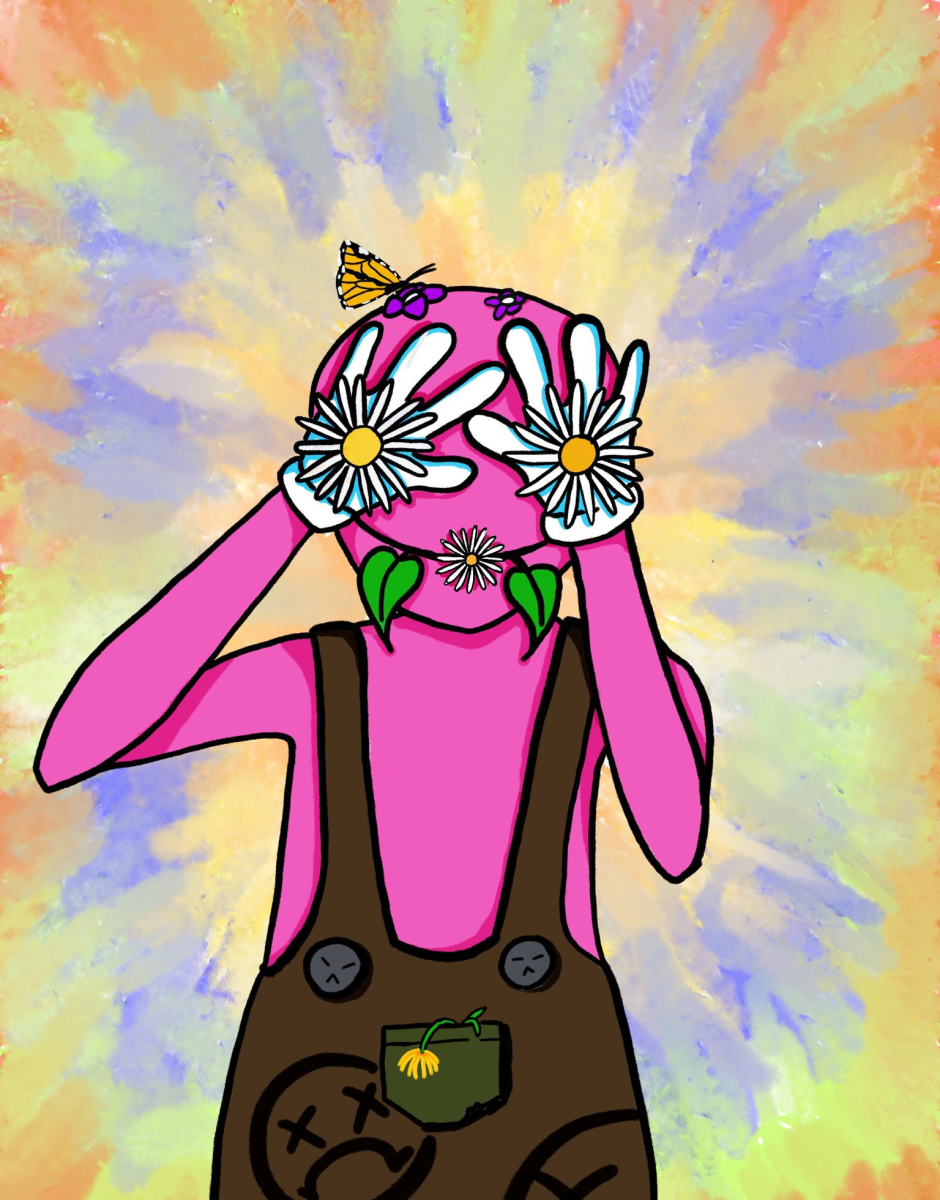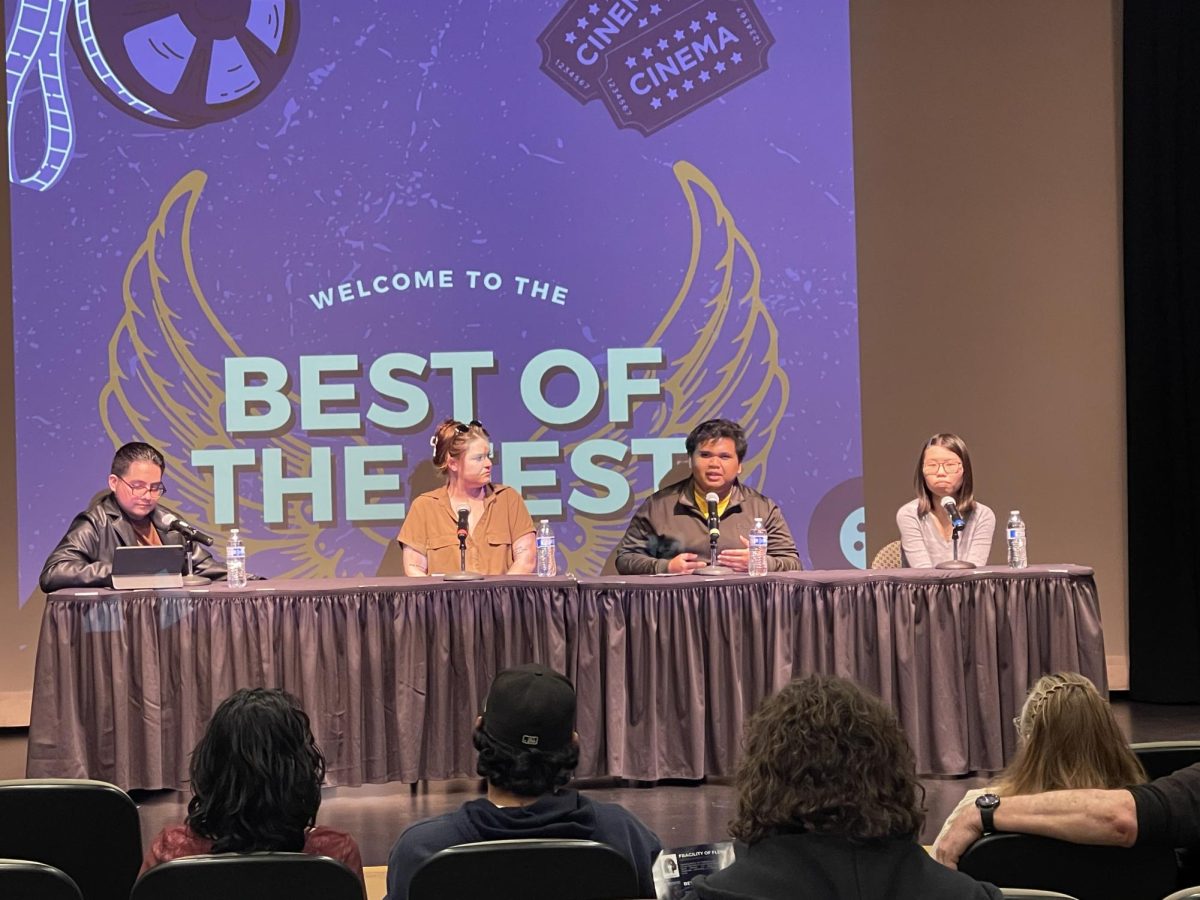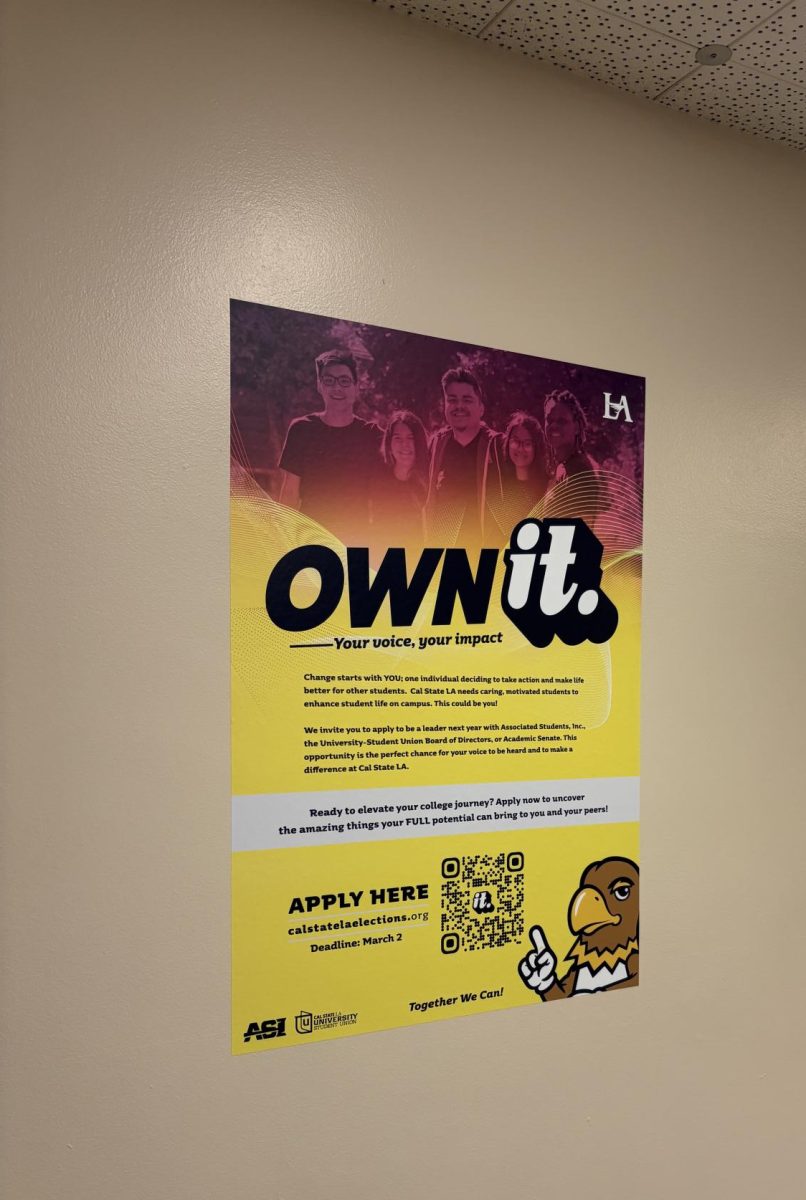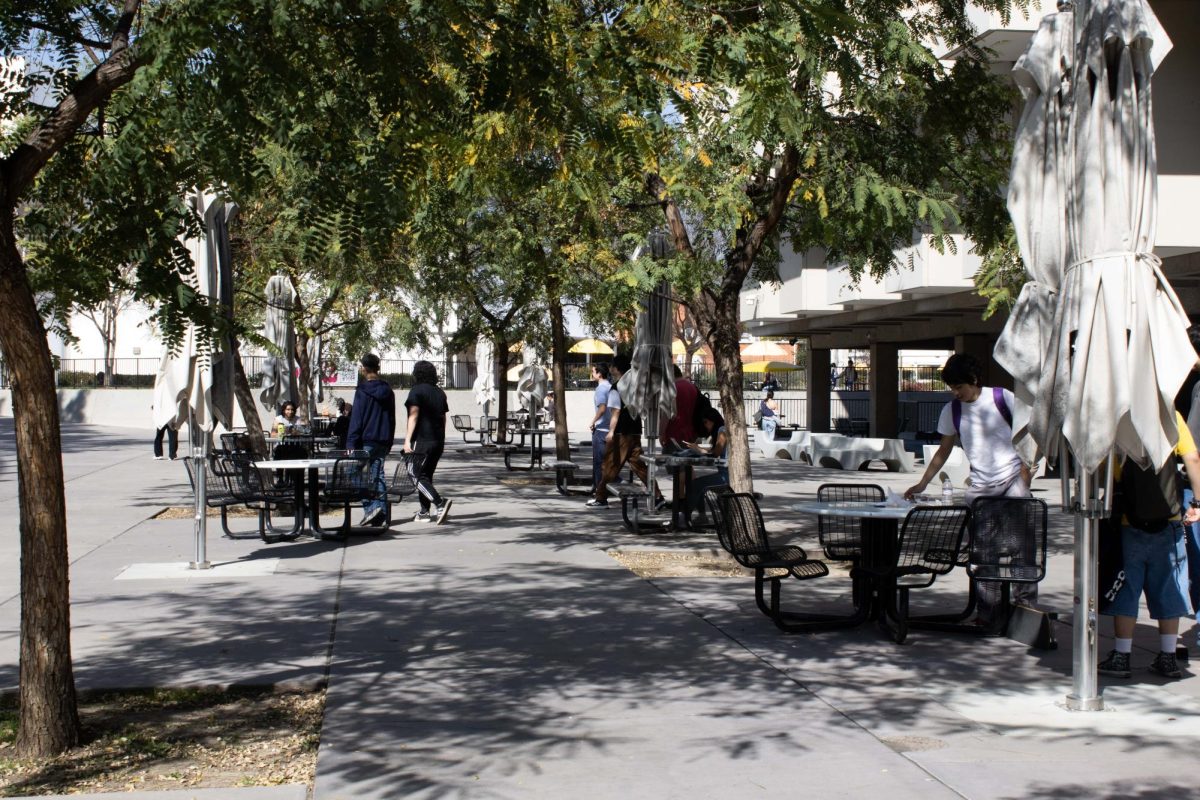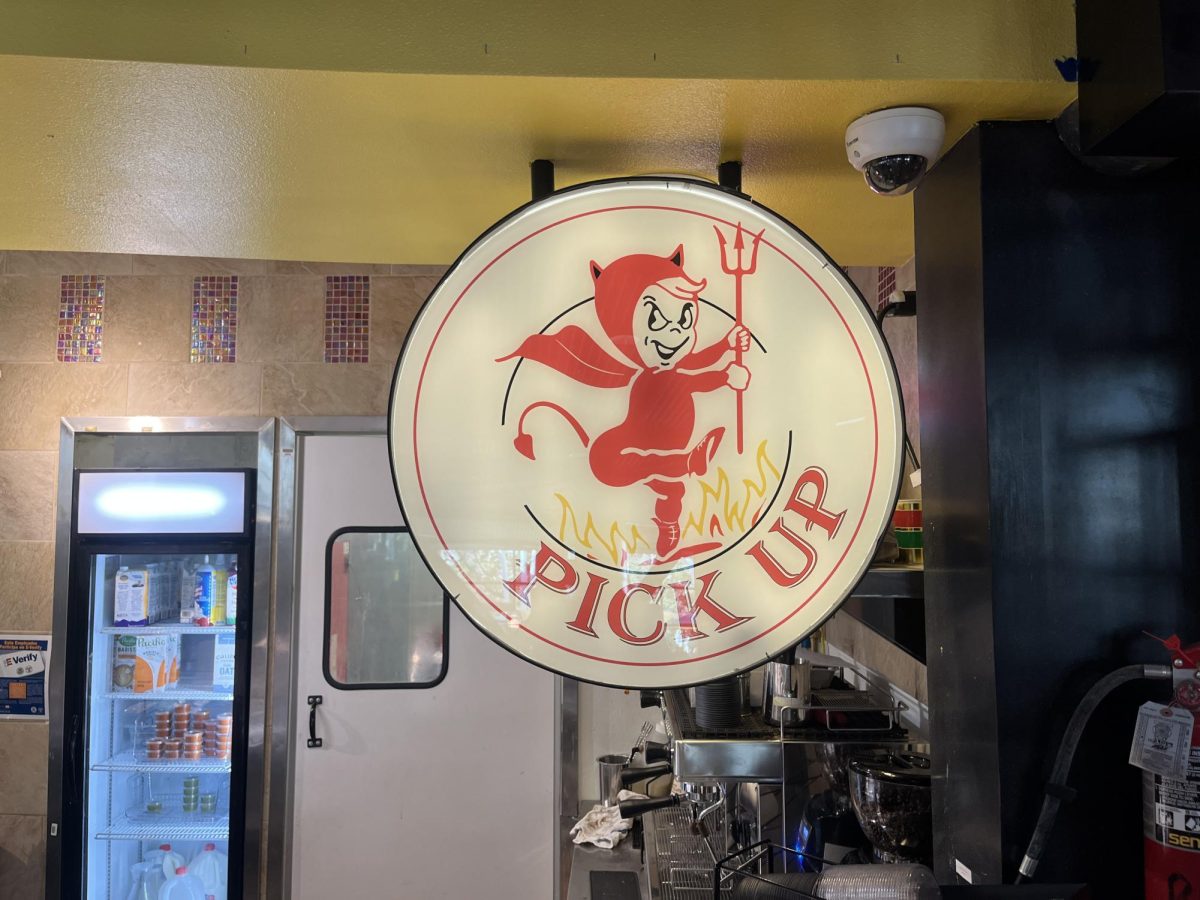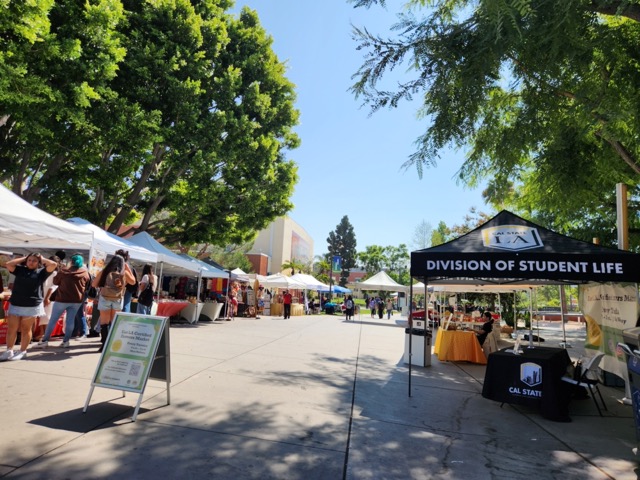Psilocybin mushrooms, also known as “magic mushrooms” or shrooms, are fungi that naturally contain the chemical psilocybin, a psychedelic drug compound. Its effects on the mind are hallucinations and an inability to recognize fantasy from reality, and if a higher dose is taken, a possible psychotic-like episode may occur. People commonly refer to these episodes as ‘trips.’
These mushrooms are primarily found in Mexico, Central America, and the United States, according to the DEA website. They are commonly ingested orally or can be added to other foods to cover their bitter taste.
Cal State LA fourth-year student Santy Pelayo said he found it interesting that psilocybin mushrooms can be baked into food as he has only heard of doing that with cannabis.
Pelayo mentions that he noticed the use of the drug has been on the rise lately.
“I feel like people have grown more comfortable doing them. There are more situations too now that the COVID-19 pandemic is over and people are going back to raves, festivals and things like that,” he said.
Psilocybin was first popularized during the hippie movement of 1960s and 70s; While on the drug, it gave them a more of an open mind, therefore rejecting the older conservative generation and supporting the civil rights movement as well as advocating for an overthrow of society.
As of 2020, Oregon became the first state to legalize psilocybin, then Colorado in 2022. In California, San Francisco, Oakland, Santa Cruz, and Berkley have decriminalized possession of psilocybin, meaning someone possessing a limited amount can not be arrested or prosecuted.
Psilocybin has made a comeback, and researchers are looking into the benefits it can bring to people who struggle with mental health. In 2022, the Ohio State College of Social Work approved The Center for Psychedelic Drug Research and Education (CPDRE), which let faculty and director Alan Davis join the research. CPDRE states that its purpose is to research psychedelic drugs and their effects in order to bring a new understanding of these drugs through education. CPDRE’s research is on how psilocybin can help veterans with PTSD.
There is still a risk to the drug, however. The American Society for Microbiology says the mushrooms can cause panic reactions and confusion or even “precipitate psychosis in people who are predisposed to psychosis.
The University of Utah website stated that a team of researchers led by the University and the Natural History Museum of Utah completed its most extensive study, finding “two distinct gene orders within the gene cluster that produces psilocybin.” This means that with this discovery, they can further their research and use psilocybin as a therapeutic “revolutionizing mental health treatment for many conditions like depression and end-of-life care.”
Third year student Carlos Sanchez said he once observed someone on shrooms.
“Some may have this perceived image of people getting violent, like out of their mind but when he was doing shrooms he was happy, smiling, laughing,” Sanchez said.
He continued describing how the user at one point decided to share some things he had in his mind and Sanchez said “shrooms” made his friend feel more comfortable sharing his thoughts without the feeling of vulnerability.
Young adults are also finding ways to get their hands on psilocybin mushrooms and find it more accessible through EDM festivals commonly known as “raves.” The National Library of Medicine (NLM) on the National Center for Biotechnology Information website mentions that as raves are a worldwide socio-cultural phenomenon, people who listen to rave music frequently consume psychedelic drugs as well. NLM’s PubMed Central website conducted a survey of 1345 attendees from an EDM event where 52.28% of Ecstasy/MDMA/Molly and 53.68% of other synthetic hallucinogens were most frequently used with other types of drugs as well. Studies have shown that in these spaces, they have social and psycho-spiritual experiences.

